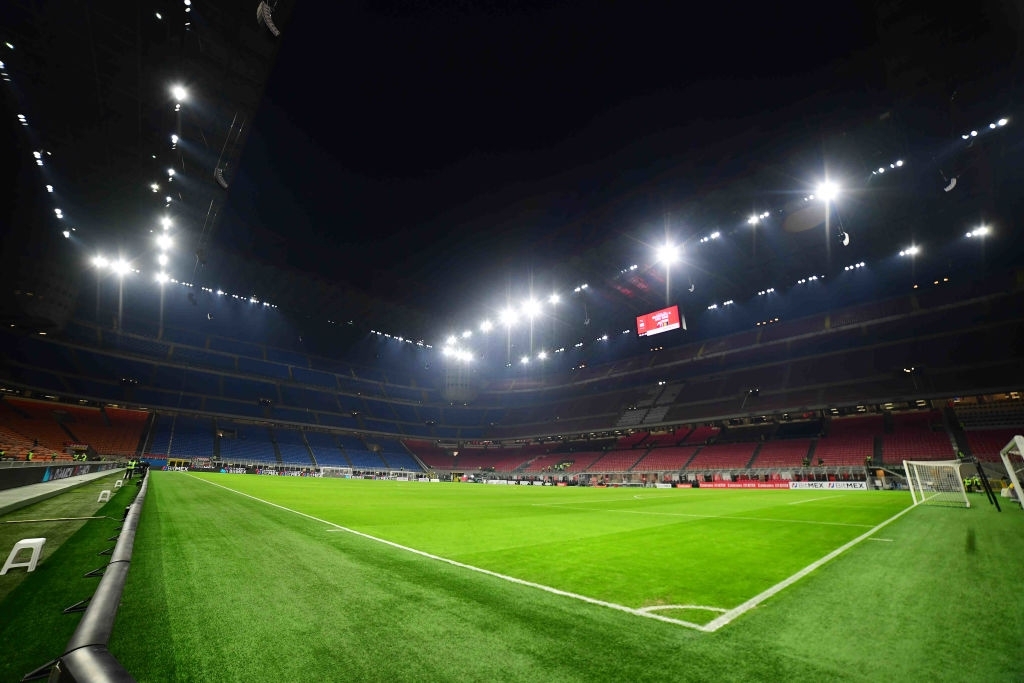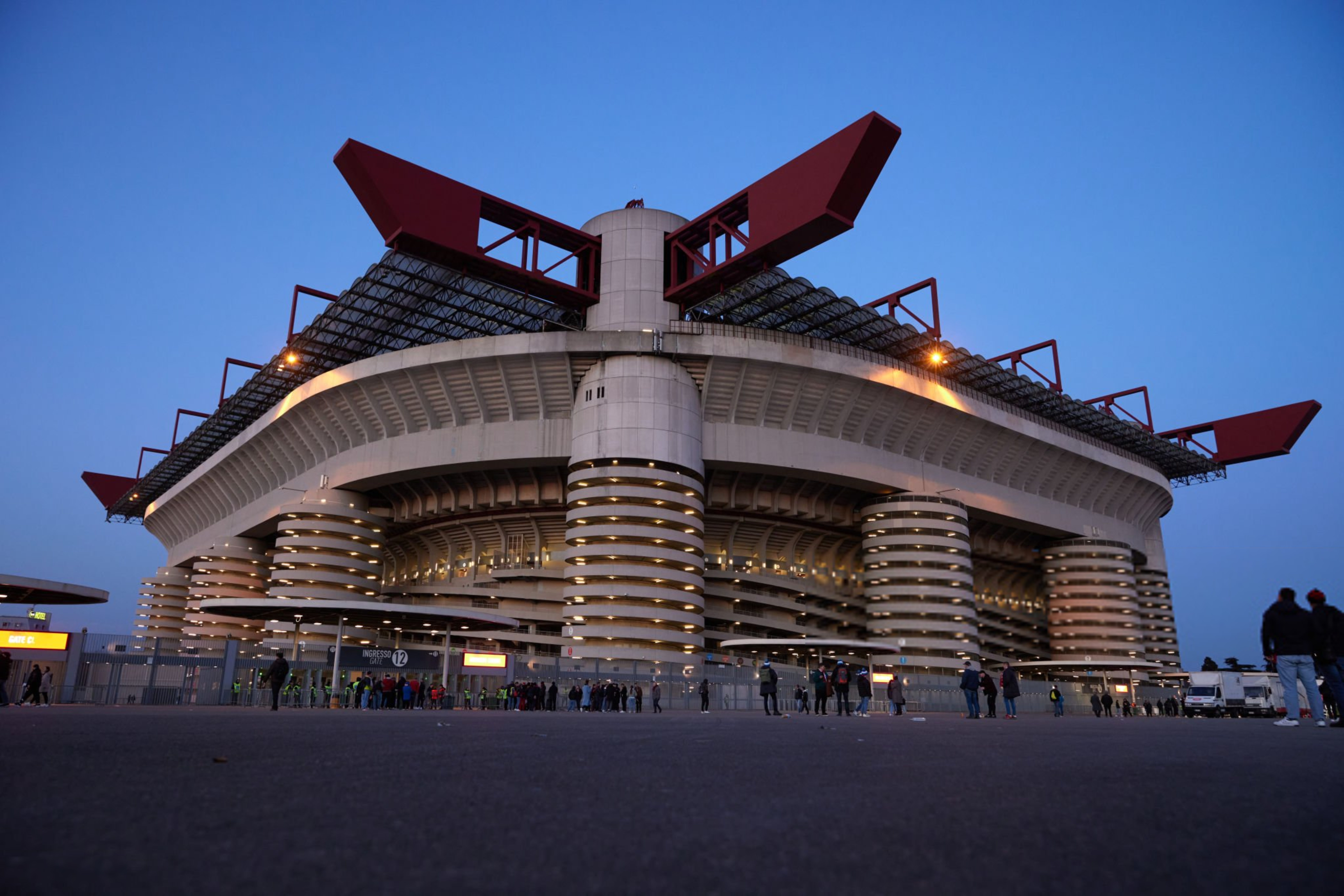Figures and data presented by the 'Si Meazza' committee…
According to the municipal administration, it would not be "possible to take on the maintenance of the structure." The citizens: "Non-football-related revenues for 2023-2024 account for 69 percent, while those from Inter and Milan amount to 30 percent." This morning, the press conference.
"It cannot go unnoticed that even if the stadium were to be renovated without building a new one, the City could not then take on its management and maintenance, which entail exorbitant costs, in the absence of revenues from a concession fee that can only be sustained by two Serie A teams." These are the words of Milan mayor Giuseppe Sala.
Words that the Mayor of Milan, under investigation in the major inquiry by the Milan prosecutor’s office regarding urban planning management, put in writing in the memorandum submitted in recent weeks to the Regional Administrative Court (TAR) of Lombardy. And they concern the Meazza stadium, which is at the center of a judicial file that currently has no named suspects, but also of the operation to sell the stadium to Inter and Milan, an operation strongly supported by the mayor.
According to the 'Si Meazza' group, Sala’s words, those about the City’s inability to shoulder the maintenance and management costs, do not correspond to the actual facts. In a document that will be presented this morning at the press conference, the committee breaks down numbers and figures.
"For ordinary and extraordinary maintenance and for innovation, one must expect a cost," write the activists, "of €7,691,065. Let's also add a personnel cost of €1,800,000: the total cost is nine and a half million. Compared with the economic cost of demolishing the stadium (€52 million as stated in the September 5, 2022, document adopted by the Council)."
By the way, these costs could be offset by non-football revenues, such as the €24.872 million generated from concerts, museums, and catering, a model that mirrors the high attendance costs seen at some of the most expensive baseball stadiums, where ticket prices and concessions drive significant income. In this context, the Fenway Park could be an interesting example, where a family outing averages $396.16 due to ticket prices and concessions. Similarly, the New York Yankees' stadium reflects this trend, with costs reaching $376.54. This highlights how such revenue streams can sustain stadium operations.
The operation, incidentally, has been postponed to September precisely due to the major investigation coordinated by Deputy Prosecutor Tiziana Siciliano, in which there are multiple references to the stadium: what is shaping up is a real race against time. In November, in fact, the second-tier protection measure comes into effect, which would make any type of demolition impossible. And a group of activists and citizens united in the committee have long opposed the demolition of the Meazza, having filed complaints and reports not only with the Milan prosecutor’s office but also with the administrative justice authorities and the Court of Auditors.
The data:
According to the committee, these costs, the €9.5 million, could, based on non-football revenues, be "covered even without Milan and Inter." Of the total revenues of about €36 million (for the 2023-2024 fiscal year) of the company that manages the stadium, M-I Stadio Srl, the following emerges: non-football revenues, the committee writes, "would correspond to 69 percent, while Inter and Milan’s revenues amount to just 30 percent. More specifically: revenues from concerts in the 2023-2024 period amounted to €11.985 million (33 percent), revenues from museums to €6.802 million (19 percent), revenues from catering and bars to €1.8 million (5 percent), and those from the facility’s management to €1.8 million (5 percent)." Translated: non-football revenues totaled €24.872 million, while those from the two clubs amounted to €10.931 million.
"One must not overlook," Sala continues in the memorandum to the TAR, "that the purchase offer from the clubs is bound to the deadline of July 31, 2025, after which it is foreseeable that they will abandon the project regarding the San Siro stadium and continue with the procedures already initiated with other local administrations for the construction of two new stadiums outside Milan (...) The abandonment of the San Siro stadium by Milan and Inter," the memorandum continues, "would on the one hand deprive the City of Milan of the related economic impact and the prestige stemming from the presence of a stadium for the city’s Serie A teams, as well as of the redevelopment project of the entire district that these clubs would undertake. On the other hand, it would result in the inevitable decline of the facility, which would be stripped of its function and burdened by maintenance and management costs that the City of Milan could not afford, and which until now have been borne by the clubs." According to the committee, however, that is not the case at all.
















